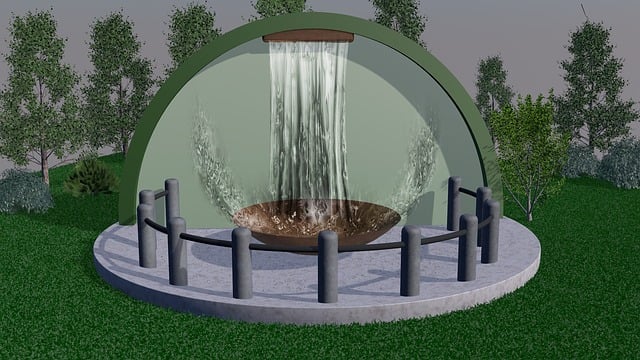Independent testing protocols are crucial for evaluating Cold Air Intake (CAI) performance, ensuring unbiased results in the automotive industry. These protocols dictate rigorous standards for measuring airflow, pressure, and temperature during CAI testing under simulated driving conditions. By following these guidelines, testers can accurately assess CAI modifications' impact on horsepower, torque, and fuel efficiency, providing a clear understanding of their actual performance advantages. This unbiased methodology is essential for making informed decisions regarding CAI design, modification, or selection.
“Unleash optimal engine power with independent testing protocols, especially in the realm of cold air intake (CAI) systems. This article guides you through the intricacies of CAI performance testing methodology, a crucial process for enhancing vehicle efficiency. From understanding the protocol’s fundamentals to exploring its benefits and best practices, we delve into ensuring precise measurements. Discover how this scientific approach optimizes engine performance, improves fuel economy, and enhances overall driving experience, making it a must-read for automotive enthusiasts and professionals alike.”
- Understanding Independent Testing Protocols
- Cold Air Intake Performance Testing Methodology
- Benefits and Best Practices for Implementation
Understanding Independent Testing Protocols

Independent testing protocols are crucial for ensuring the accuracy and reliability of performance testing methodologies, especially in automotive sectors focusing on enhancements like cold air intake systems. These protocols dictate the steps and standards by which tests are conducted, guaranteeing unbiased results that reflect the actual capabilities of the components being evaluated.
In the context of a cold air intake (CAI) performance testing methodology, independent testing protocols establish rigorous procedures for measuring airflow, engine response, and other key metrics. This involves controlled environments, standardized conditions, and meticulous data collection to eliminate any potential biases. By adhering to these protocols, testers can confidently assess the benefits of CAI modifications, such as improved horsepower, torque, and fuel efficiency, providing a clear picture of the component’s performance enhancement.
Cold Air Intake Performance Testing Methodology

Cold Air Intake (CAI) Performance Testing Methodology involves a systematic evaluation of the system’s efficiency in delivering cool, dense air to the engine. This process typically begins with the disassembly of the vehicle’s intake manifold to gain direct access to the CAI. Specialized equipment like flow meters and pressure gauges are then employed to measure airflow rate, pressure drop, and temperature differentials across various operational conditions.
The testing procedure often includes dynamic scenarios, such as varying engine speeds and loads, to simulate real-world driving conditions. By analyzing the data collected during these tests, engineers can assess the CAI’s performance gains in terms of horsepower, torque, and fuel efficiency. This information is crucial for tuning and optimizing the system, ensuring it delivers the intended benefits without compromising safety or reliability.
Benefits and Best Practices for Implementation

Implementing independent testing protocols, particularly for cold air intake (CAI) performance testing methodology, brings a multitude of benefits to the table. These include unbiased evaluation of components and systems, ensuring optimal performance and reliability. Independent testers provide an objective perspective, free from manufacturer biases, which can lead to more accurate results. This is especially crucial in high-performance vehicles where even minor variations in intake air flow can significantly impact engine efficiency and power output.
Best practices for implementing independent testing involve rigorous standardization of procedures. Testers should adhere to recognized industry standards and use calibrated equipment to maintain consistency. A detailed, step-by-step testing protocol ensures every variable is accounted for, minimizing errors and maximizing data reliability. Additionally, regular calibration and maintenance of testing apparatus are vital. Collaboration with experienced engineers and maintaining a thorough documentation process further enhance the integrity of results. This meticulous approach allows for meaningful comparisons between different CAI configurations, ultimately guiding informed decisions in the design, modification, or selection of intake systems.
Independent testing protocols, particularly focusing on the Cold Air Intake (CAI) performance testing methodology, offer a crucial way to ensure automotive components’ effectiveness and efficiency. By employing rigorous standards and unbiased evaluation, these tests provide valuable insights into CAI systems’ real-world performance gains. Adopting best practices for implementation can enhance reliability, foster innovation, and ultimately benefit both manufacturers and consumers by guaranteeing optimal engine performance and fuel efficiency.














